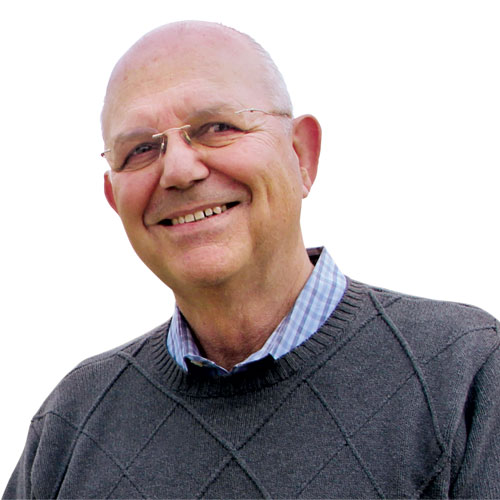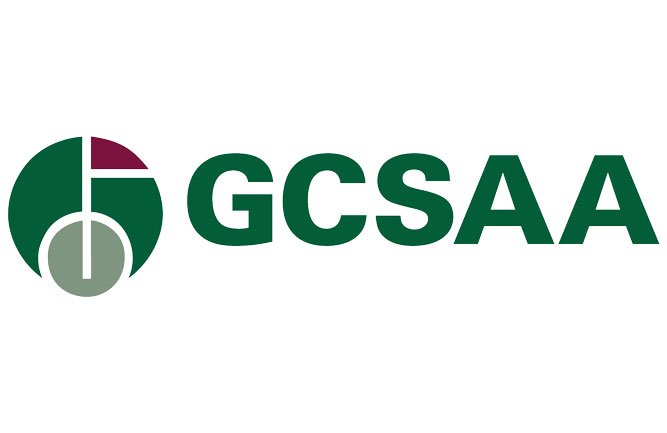Off the Record: More good news on golf’s use of water
The GCSAA’s third survey of water use and management practices provides more good news. The first report provided water use estimates for 2005, the second in 2013 and the third survey for 2020.
Since 2005, water applied as irrigation declined by 29 percent, from 2.38 to 1.69 million acre-feet. Notable factors include a 12-percent reduction in golf facilities and a 25-percent reduction in water use.
Let me say here — it is disappointing that there is very little information on course water use from the 1980s. I think the results would be even more dramatic. I did some cursory searching on the internet and could not find definitive estimates of national golf course water use before the 2005 GCSAA survey.
In this third survey, all regions except the Southwest reported reductions in water use. This result does not surprise me since the droughts in the 1980s and significant population growth made courses in the Southwest respond first to limited water supplies. However, the Southwest continues to lead in the use of recycled water along with the Southeast.
Of the management practices documented, keeping turf drier, pruning tree roots, changing to a more drought-tolerant turfgrass, mulching landscape beds and increasing no-mow acres were significantly associated with reductions in applied water.
Economic impact
The USGA estimates of the water-related research on economic impact line up well with this news. For example, approximately 55 percent of the golf facilities used less than one acre-foot of water per acre (325,851 gallons per acre) annually; only 10 percent used four acre-feet per acre (1.3 million gallons per acre) or more annually. Approximately 90 percent of superintendents were familiar with irrigation scheduling based on evapotranspiration (ET) and soil moisture meters.
Superintendents using soil moisture sensors reported higher annual cost savings per facility than ET-based irrigation scheduling. However, ET-based irrigation had the highest proportion of early adopters, with approximately 30 percent who started more than 10 years ago. Only 8 percent of soil moisture sensor users did so more than 10 years ago.
Approximately 7,683 facilities have adopted soil moisture sensors, whereas only 4,522 facilities adopted ET-based irrigation. Soil moisture meters saved $62,800 per golf facility, while ET-based irrigation was $37,300 per facility. Soil moisture meters represent industry-wide savings of $529.5 million annually, while ET-based irrigations were $201.4 million annually.
Approximately 90 percent of economic impact survey respondents were familiar with management practices from research on naturalized rough and improved turfgrass cultivars. The adoption rate was 45.5 percent for naturalized rough and 42.6 percent for new cultivars. Naturalized rough had the highest proportion of facilities planning to adopt, and those previous adopters reported the highest annual cost savings per facility ($56,996) — more than twice that of improved cultivars.
An estimated 6,915 facilities adopted naturalized rough, and 6,568 facilities have adopted improved turfgrass cultivars. Naturalized rough conversion had industry-wide savings of $469.3 million annually, while improved cultivars saved $174.6 million annually.
ET-based irrigation scheduling and soil moisture meters have saved the U.S. golf industry an estimated $730 million yearly. Naturalized rough and improved turfgrass cultivars saved the golf industry $643.9 million annually.
Results from the GCSAA surveys are published online and Crop, Forage, and Turfgrass Management (CFTM). The USGA published economic impact results in the International Turfgrass Society Research Journal and CFTM. Both associations demonstrate the golf industry’s commitment to environmental stewardship and promoting golf course superintendents’ efforts on their golf courses.

Photo: Mike Kenna, Ph. D.
Mike Kenna, Ph.D., is the retired director of research, USGA Green Section. Contact him at mpkenna@gmail.com.












